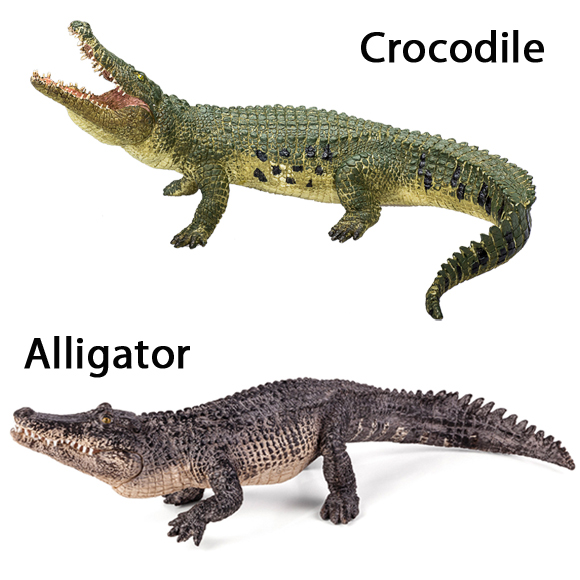Crocodiles “Cruising” on Currents
Saltwater Crocodiles Ride Currents and Make Long Sea Voyages
A team of Australian scientists have discovered that Saltwater crocodiles are able to “ride” ocean currents enabling them to travel many miles from their home ranges and this has helped them to reach distant islands in the Pacific Ocean. As cold-blooded reptiles, these animals would be in danger of becoming too cold to remain active if they were immersed in sea water for a long period, but these ancient reptiles have learned to conserve energy by exploiting ocean currents to help them to swim long distances.
This research helps to explain how the Saltwater crocodile, the largest living reptile today, is able to colonise an extensive area of the South Pacific. It is also accounts for the sightings of crocodiles many miles out to sea, some of these crocodiles having been mistaken for sea monsters, which considering these particular animals can reach lengths in excess of 6 metres and weigh one tonne, a sea monster is an apt description.
Saltwater Crocodiles
New findings published in the scientific publication “Journal of Animal Ecology” from a team of scientist led by researchers from the University of Queensland (Australia) shows that despite these animals being relatively weak swimmers they can travel long distances by riding ocean currents, much like surfers catching waves.
The Australian researchers tagged twenty-seven adult crocodiles with sonar transmitters and tracked their movements over the course of a year using satellite navigation equipment. The scientists found that both male and females often travelled more than 50 kilometres (31 miles) from their river and mangrove homes to the open sea. Steve Irwin, the crocodile-hunting and wildlife expert was amongst the research team members. He was killed by a stingray in 2006.
The research team found that one particular male “salty” travelled 590 kilometres (367 miles) in just 25 days, timing its journey to coincide with seasonal currents. A second animal, measuring just under 5 metres in length, covered more than 400 kilometres (250 miles) in just 20 days using fast-moving ocean currents to reach its destination.
Dr Hamish Campbell (University of Queensland) commented:
“The Estuarine Crocodile occurs as island populations throughout the Indian and Pacific oceans, and because they are the only species of saltwater living crocodile to exist across this vast area, regular mixing between the island populations probably occurs.”
Dr Campbell went onto add:
”Because these crocodiles are poor swimmers, it is unlikely that they swim across vast tracts of ocean. But they can survive for long periods in saltwater without eating or drinking, so by only travelling when surface currents are favourable, they would be able to move long distances by sea.”
This new study, having mapped the distances these reptiles can travel has implications for how crocodilians traversed great distances and ending up inhabiting far flung corners of the globe.
Spotting the Differences Between an Extant Crocodile and an Alligator
Dr Campbell stated:
“This not only helps to explain how Estuarine crocodiles move between oceanic islands, but also contributes to the theory that crocodilians have crossed major marine barriers during their evolutionary past.”
Crocodylus porosus
The Saltwater or Estuarine crocodile (Crocodylus porosus) is found over a vast area of the southern Pacific, stretching from Sri Lanka to the Fiji Islands and including northern Australia.
They may not be the only long-distance travellers however, as the Nile crocodile too, may be capable of travelling long distances by sea. The habitat of the Nile crocodile (Crocodylus niloticus) extends south of the Sahara in Africa, it has been known from Madagascar and the Seychelles. The Seychelles are an extensive group of islands, for a Nile crocodile to reach the nearest island to the east coast of Africa would involve a sea voyage of approximately 500 kilometres, so perhaps other crocodile species also “surf” in the same way as their Estuarine cousins.
To view models and replicas of prehistoric crocodilians and their close relatives: Prehistoric Crocodile Models.


